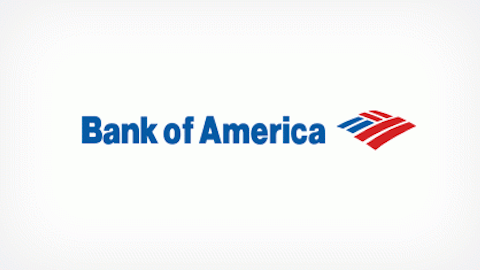
How the AMT works
To get some basic information about what the alternative minimum tax is and why you should care, I turned first to our exclusive Motley Fool ONE Tax Center for guidance. Inside, you’ll find out that the revisions to the alternative minimum tax made what’s known as the “AMT Patch” permanent and indexing a key exemption amount to rise automatically with inflation.
The history of the AMT goes back to 1969, when the original purpose was to ensure that high-income taxpayers that had taken advantage of tax credits and deductions that completely eliminated their regular tax liability would pay at least some income tax. The original AMT was based on the value of tax benefits received and generally applied only to top income earners.
Since then, subsequent changes have made the AMT a lot more complicated. Now, the AMT is a parallel tax system, with its own rules for determining income and deductions and its own separate exemption amounts. The main problem with the AMT, though, is that its provisions were never indexed for inflation, and so the AMT laws referred specifically to exemption amounts of $33,750 for single filers and $45,000 for joint filers from 1993 to 2012.
Over that span of time, inflation caused those exemption amounts to capture not just rich people but also an increasing number of ordinary taxpayers. Only special “patches” to raise the exemption amount on a one-year basis kept the AMT from hitting tens of millions of taxpayers, and when the fiscal-cliff debate went over the New Year’s Eve deadline back in January, more than 30 million taxpayers could have had to pay the AMT for the first time, with the average increase expected to be almost $4,000 and with some taxpayers having to pay as much as $8,000 more due to the AMT.
What the new law did
As a result of the new AMT law, however, there’ll be no more need for patches. The new law includes provisions that automatically raise the exemption every year to adjust for inflation. As a result, the AMT should only apply to roughly the same number of taxpayers that paid the tax in 2011, which was around 4 million taxpayers.
Of course, some complain that the entire structure of the AMT has been a failure. Although income is one factor in computing the tax, the AMT disproportionately hits taxpayers who live in places with high state and local income and property tax rates. The reason: state and local taxes are deductible under the regular tax system but aren’t deductible under the AMT. That makes middle-income taxpayers who live in those states more likely to get hit than those with similar incomes in low-tax areas.
Moreover, the AMT doesn’t always meet its original goal of getting rich individuals and corporations to pay taxes. Individuals can still use a variety of tactics, including investing in tax-free municipal bonds and tax-favored retirement accounts, to zero out their tax liability. On the corporate front, dozens of companies manage to pay no income tax, with a Citizens for Tax Justice study highlighting General Electric Company (NYSE:GE) for reaping more than $4.7 billion in federal tax refunds from 2008 to 2010 despite having profits of more than $10 billion over the period. Fellow Dow Industrials companies E I Du Pont De Nemours And Co (NYSE:DD) and The Boeing Company (NYSE:BA) also managed to boast negative effective tax rates, along with a host of utility companies. Too-big-to-fail bank Wells Fargo & Co (NYSE:WFC) made the list thanks to the tax losses it acquired in its purchase of Wachovia.
Living with a better AMT
Even with its flaws, the AMT isn’t likely to disappear soon. But tens of millions of taxpayers can rest easier thanks to the biggest tax break that the new 2013 legislation brought them.
The article Your Biggest Tax Break in 2013 originally appeared on Fool.com and is written by Dan Caplinger.
Fool contributor Dan Caplinger owns warrants on Wells Fargo. You can follow him on Twitter @DanCaplinger. The Motley Fool recommends Wells Fargo. The Motley Fool owns shares of General Electric and Wells Fargo.
Copyright © 1995 – 2013 The Motley Fool, LLC. All rights reserved. The Motley Fool has a disclosure policy.




